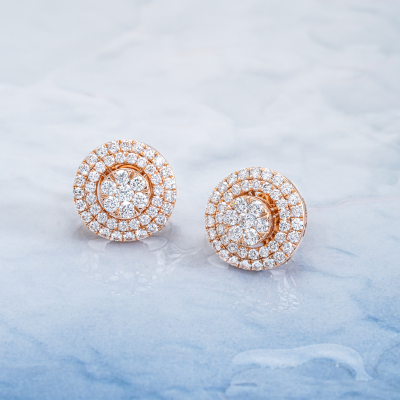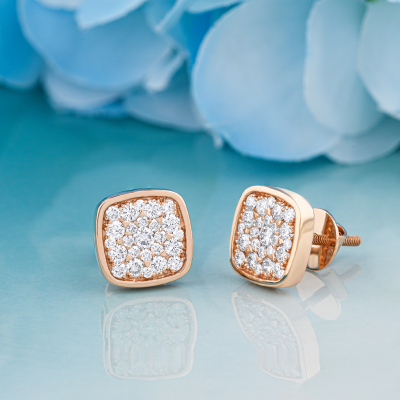As we know there are so many valuable items are found on the surface of the earth. They are very much useful in some or other ways like they are used as source of energy, some of them are very dense in nature so that they are used as protective materials, and some are so lucrative that is why they are used as decorative items, ornaments, etc.
One of them is Diamond. It is found deep inside the surface of the earth under a high pressure. It takes million of years to a coal to convert into a diamond. That makes it very expensive. Not only its cost but its looks make it so much fascinating. These man-made diamonds are totally identical to the natural diamond. Because of natural diamond’s high cost, we have some man-made diamonds are also available in the market.
Man-made diamonds are diamonds that are produced artificially in a laboratory rather than being mined from the earth. They are also known as synthetic diamonds or lab grown diamonds. Man-made precious stones are made utilizing different strategies, including high-pressure high-temperature (HPHT) and substance fume testimony (CVD). In this article, we will discuss the different types of man-made diamonds.
Different types of man made diamonds
HPHT Diamonds
HPHT diamonds are made using high pressure and high temperature. These diamonds are created by mimicking the natural process of diamond formation in the Earth’s mantle. In this process, a small diamond seed is placed in a chamber that is heated to extremely high temperatures and subjected to high pressures.
This makes the carbon particles bond together and structure a jewel gem. HPHT diamonds are usually yellow or brown in color and can have a slightly different crystal structure than natural diamonds.
CVD Diamonds
CVD diamonds are made using chemical vapor deposition. In this process, a gas mixture is introduced into a vacuum chamber, which contains a substrate or seed crystal. The gas is then ionized, and the carbon atoms are deposited onto the substrate, forming a diamond crystal. CVD diamonds are usually colorless or near colorless and have the same crystal structure as natural diamonds.
HTHP Diamonds
HTHP diamonds are made using a combination of high temperature and high pressure. In this process, a mixture of carbon and metal catalysts is placed in a chamber and subjected to extremely high temperatures and pressures. This causes the carbon atoms to bond together and form diamond crystals. HTHP diamonds can be yellow, brown, or colorless, depending on the metal catalyst used.
Detonation Nanodiamonds
Detonation nanodiamonds are made using a process called detonation synthesis. These diamonds are created by detonating an explosive in a closed container filled with carbon-containing gas. In this process, a mixture of explosives and carbon is detonated, and the resulting shock wave causes the carbon atoms to bond together and form diamond crystals. Detonation nanodiamonds are usually very small, ranging in size from a few nanometers to a few microns.
Carbonados
Carbonados are a type of man-made diamond that is believed to have formed naturally from carbon-rich asteroids that collided with the Earth. Carbonados are usually black or dark gray in color and have a very porous, irregular structure. They are also known as “black diamonds” or “carbonado diamonds.”
Ultrahard Fullerite
This is a form of synthetic diamond that is created by compressing fullerene molecules, a type of carbon molecule, under high pressure.
Nanodiamonds
Nanodiamonds are very small diamonds that are typically less than 10 nanometers in size. They are made using a variety of methods, including detonation synthesis and high-pressure high-temperature synthesis. Nanodiamonds have a wide range of potential applications, including in electronics, medicine, and materials science.
In conclusion, man-made diamonds come in a variety of types and are produced using different methods. HPHT and CVD diamonds are the most common types of man-made diamonds, but there are also other types, such as HTHP diamonds, detonation nanodiamonds, carbonados, and nanodiamonds. Each type of man made diamond has its own unique properties and potential applications, making them an interesting and valuable alternative to natural diamonds.
Each of these types of man-made diamonds has its own unique properties and characteristics, making them suitable for different applications. However, they all share the same chemical composition and physical properties as natural diamonds.










